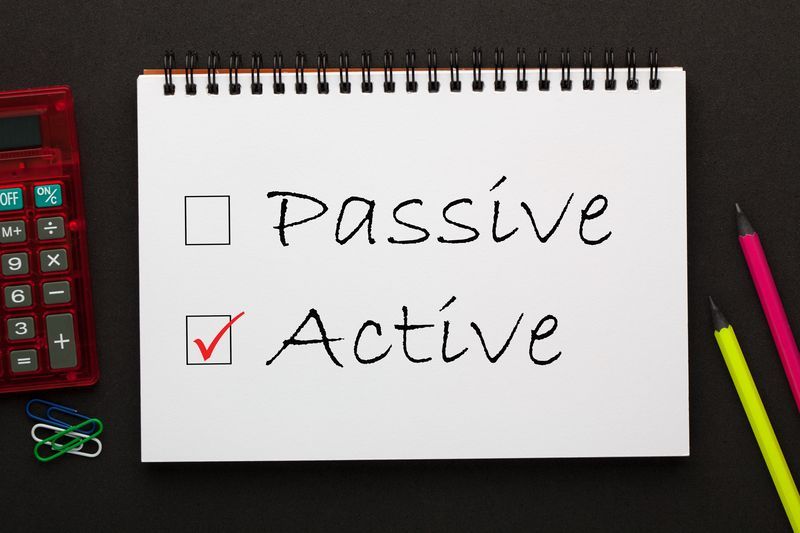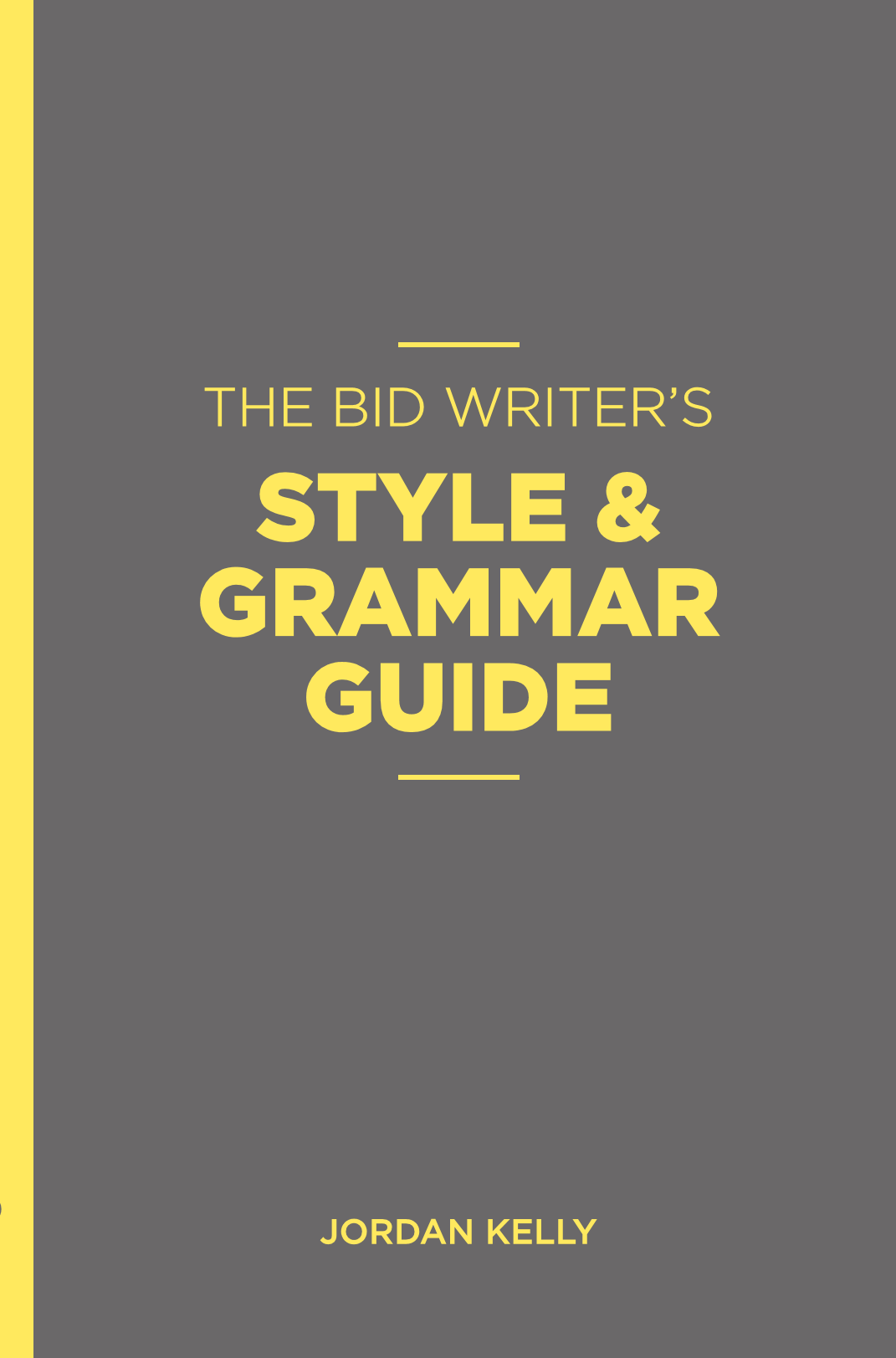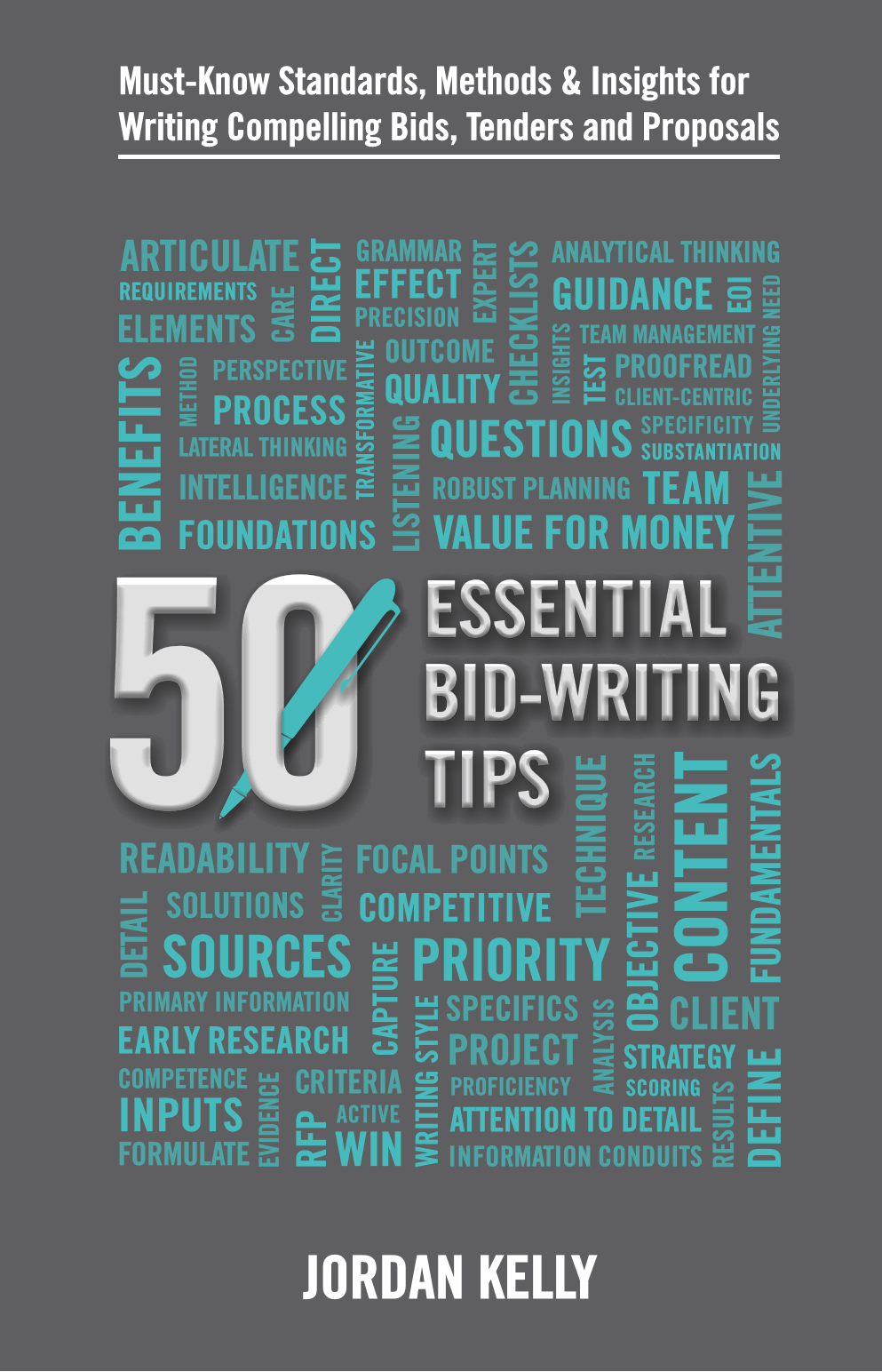CATEGORIES:

An effective way to avoid stilted, indirect or overly formal writing is to learn to write in the active voice, rather than the passive voice.
Very simplistically, this is the difference between:
Humpty Dumpty sat on the wall (active), and
The wall was sat on by Humpty Dumpty (passive).
It’s the passive voice that conveys the formality.
Further examples:
Active
“Identifying one instance of the species would allow the environmental team to confirm it does, in fact, exist within the project footprint.”
Passive
“The identification of the species by environmental management personnel would allow confirmation of its existence within the area allocated for the construction of the buildings and infrastructure.”
Active
“It may be advisable for us to employ a dedicated stakeholder manager to ensure we liaise effectively with the community.”
Passive
“The employment of a dedicated stakeholder manager may be advisable, in order to ensure effective liaison between the consortium and community groups.”
The passive voice is indirect, where the active voice is direct. The passive voice suggests and implies, it doesn’t command. It’s not authoritative and compelling, as is the active voice.
50 ESSENTIAL BID-WRITING TIPS
Must-Know Standards, Methods & Insights for Writing Compelling Bids, Tenders and Proposals
(Book)
Intentional successful bids are guided by a strategy that is well-researched, customer-centric / client-centric, substance-based, savvily-formulated, and documented in detail.
It is the bid writer's job to ensure that strategy (the primary – but not exclusive – role of which is to address all known selection criteria) is then articulated clearly, consistently and compellingly throughout every section of the proposal.
THE BID WRITER'S STYLE & GRAMMAR GUIDE

(Book)
This reference and tuition manual has been written both for the professional bid writer and for those subject matter experts contributing submission content.
While first and foremost a “style and grammar guide”, I have taken the opportunity to also provide tuition on many other aspects of effective bid-writing - including the basic principles of strategy, as the essential foundation of a high-quality proposal.
Exercised diligently, these core principles and practices will see you produce not only grammatically correct and highly readable, but also strategic and compelling, submissions.



